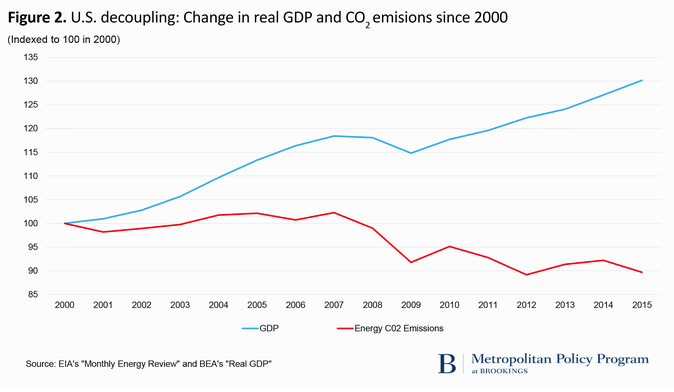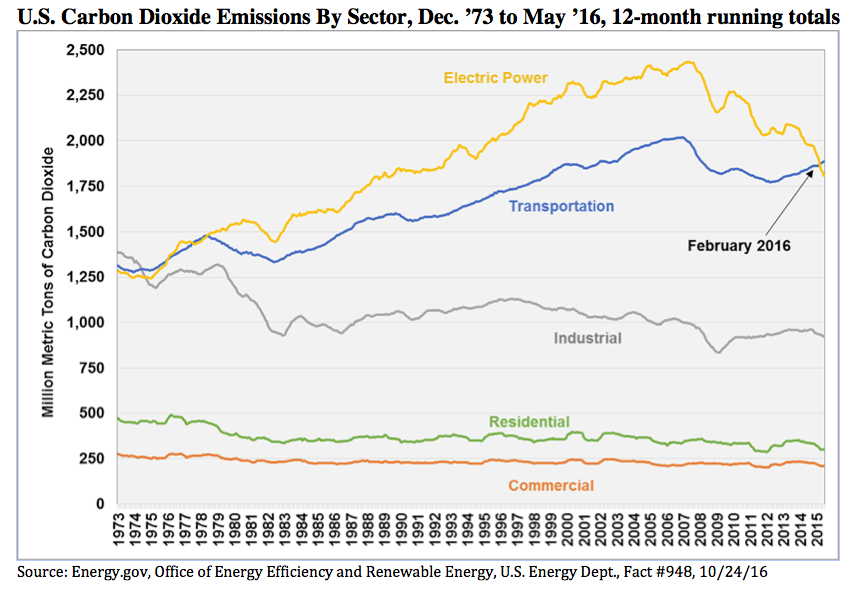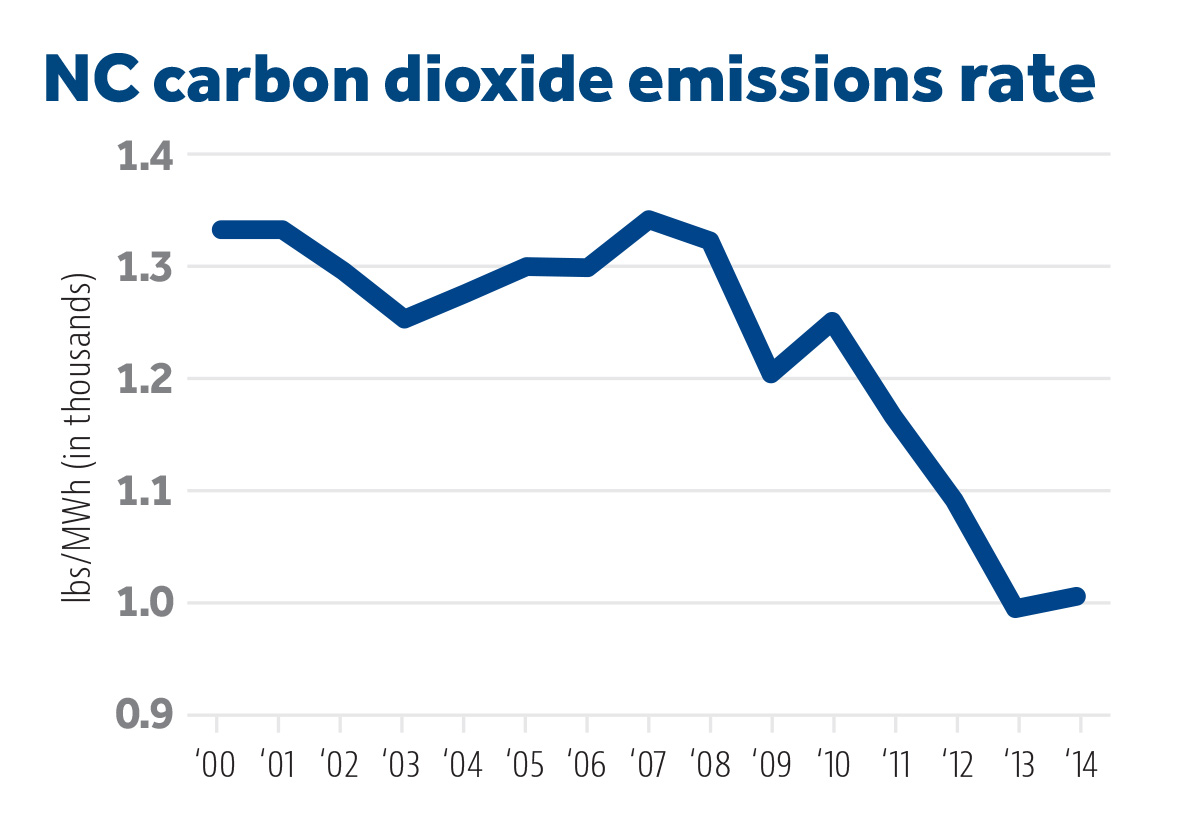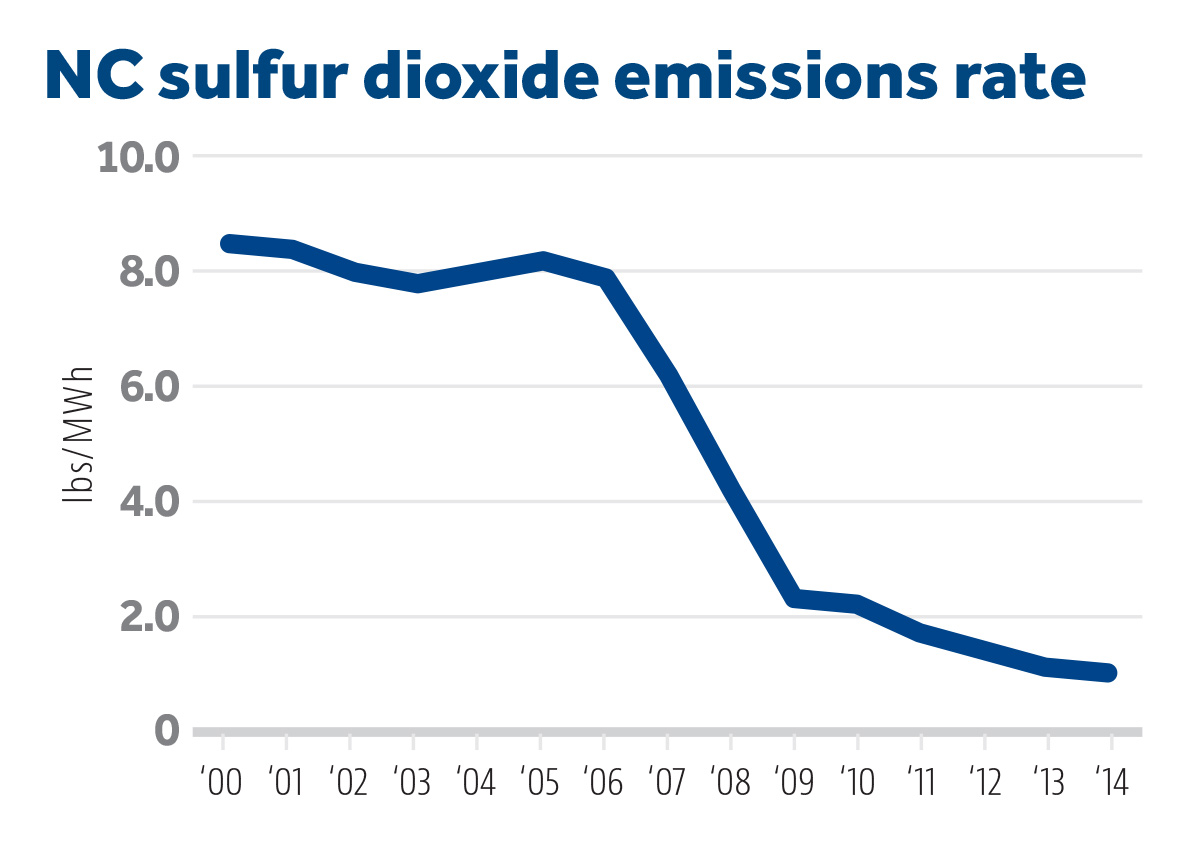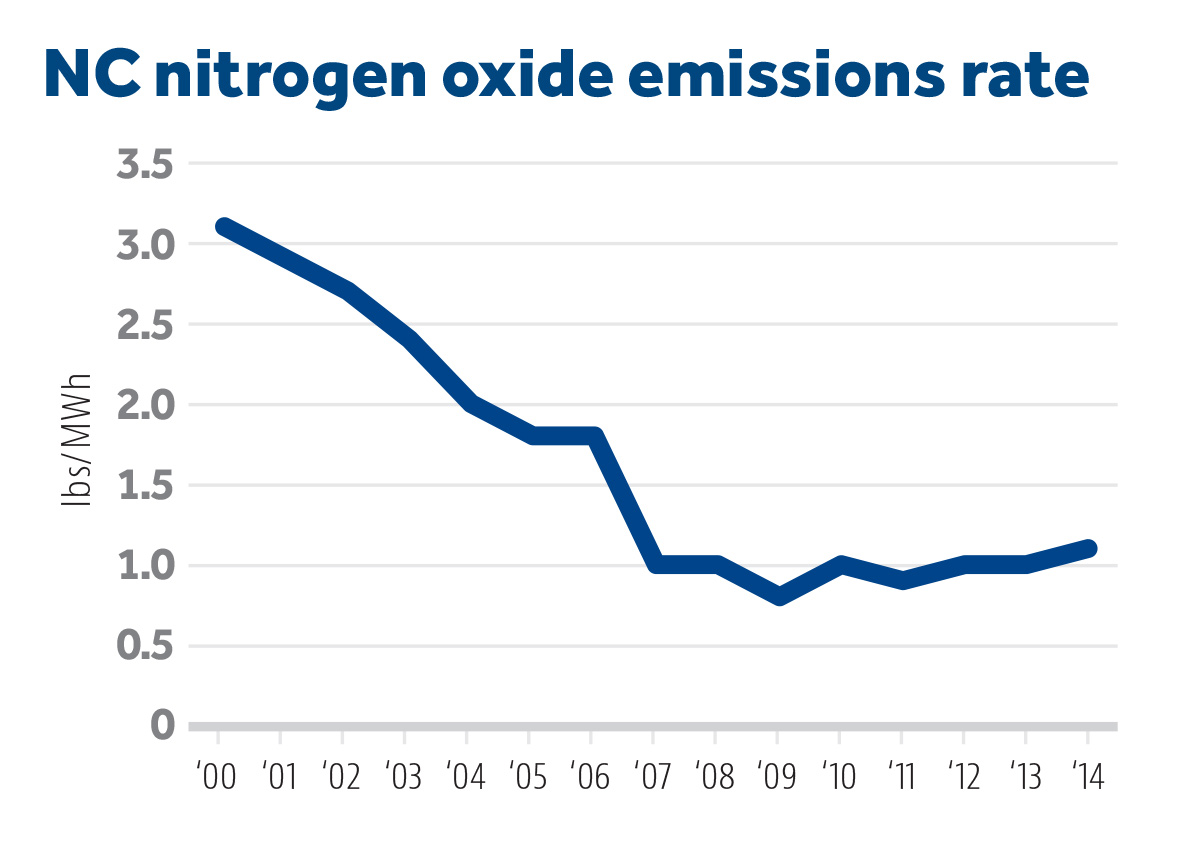On October 10, the U.S. Environmental Protection Agency (EPA) officially moved to repeal controversial Obama-era emissions guidelines known as the “Clean Power Plan” (CPP).
The rule was based in a highly questionable interpretation of a hitherto unremarkable section of the Clean Air Act, Section 111(d).
In his testimony about it before the U.S. House Energy and Commerce Committee, former North Carolina Department of Environmental Quality (DEQ) Secretary Donald van der Vaart stated,
The potential for the 111(d) rule to have this whipsaw effect on states is particularly dangerous because of the scope of the proposed 111(d) rule. There is one tenet on which nearly all stakeholders agree — the 111(d) rule will fundamentally restructure both how energy is generated and consumed in America. … This fundamental change to America’s electricity model will come at the hands of a rule that few consider legally firm. Even the EPA has acknowledged the rule is not likely to survive a judicial challenge intact. …
In my more than 20 years of implementing air quality rules, I am not aware of any rule where the EPA has made an a priori acknowledgment of legal infirmity.
In February 2016, the U.S. Supreme Court granted an emergency stay of the CPP. Twenty-nine states, including North Carolina (represented by lawyers with the DEQ because then-Attorney General Roy Cooper would not), had applied for an emergency stay of the rule. The Supreme Court granting the stay was considered a stinging rebuke for the agency and a bad sign for the legality of the rule.
In March, President Donald Trump signed an executive order to have the EPA review the CPP rule and asked the U.S. Court of Appeals for the D.C. Circuit to halt litigation in the CPP case. The court granted Trump’s request in April.
Now, the EPA is proposing to change the very basis of the CPP rule: its flimsy and suspect legal interpretation of section 111(d) of the Clean Air Act.
Repealing the CPP would be a big win for North Carolinians. Hard-working families, local businesses, and domestic enterprises were all faced with bearing the CPP’s staggering costs (see below) if nothing were done to stop it.
The CPP would have imposed massive costs on working families and small businesses, and made it harder and more expensive to have reliable power. Among the expected effects:
- at least $366 billion in costs
- residents in 43 states hit with double-digit percentage increases in their electricity bills
- costing consumers and businesses having to pay $41 billion to $73 billion or more for electricity per year
- an estimated 45,000 megawatts of coal-fired power generation capacity prematurely closed — that’s more than New England’s entire electric generating capacity — and as much as 169,000 megawatts if the EPA could not legally allow all options it specified for compliance.
- an estimated 68,000 megawatts of fossil fuel electric generating capacity shut down
- widespread rotating blackouts created in parts of the country
Worse, such enormous costs were simply unnecessary even to accomplish the goal of reducing energy-based emissions.
Here’s why: energy-based emissions have been falling all century in the United States and in North Carolina, and credit goes to market forces, not government interventions, not renewable energy sources.
What about the global warming the CPP was supposed to avert? Here is how much warmer we can expect it to be at century’s end without the CPP than it would otherwise would have been if the CPP survived:
0.018 degrees Celsius.
To be fair, however, warmer by less than two one-hundredths of one degree is a difficult prospect to imagine.
